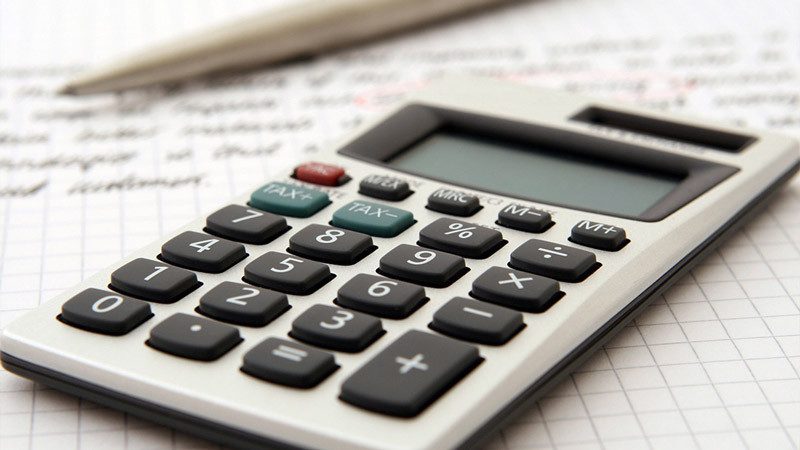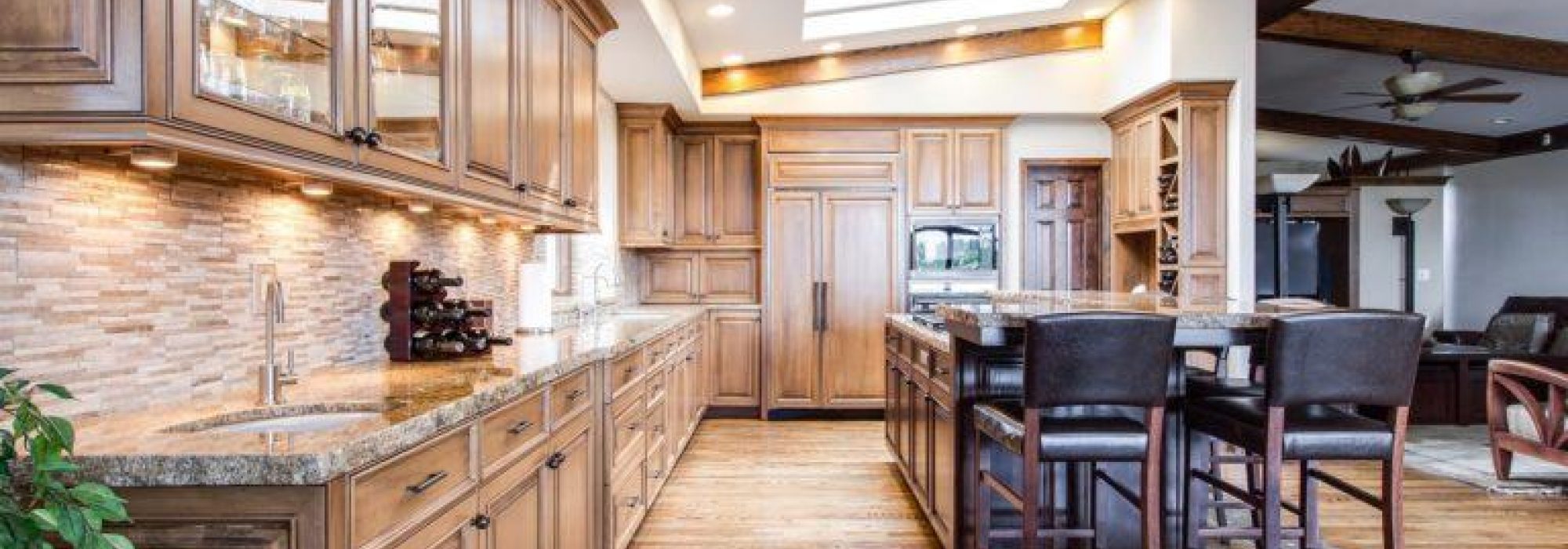Article Excerpt
Are you a renter who is tired of throwing your money into a pit and paying someone else’s mortgage? You’re probably not allowed to paint the walls or make renovations to your space.
You may have heard that buying is actually cheaper than renting. But is that true? What’s the true cost of owning a home? There’s more to the equation than your purchase price and interest rate.
The Cost of Owning a Home: A Breakdown
There are actually four parts to your monthly mortgage payment: principal, interest, taxes, and insurance. Often referred to as PITI, these parts make up your monthly cost.
Let’s say you purchase a house that costs $160,000 and make a down payment of $10,000 on a 30-year mortgage. We’ll look at what your monthly payment might look like and why. Remember, these are sample numbers and aren’t exact for every borrower. But they’re reasonable estimates that will demonstrate the true cost of owning a home.
Principal and Interest
You put down $10,000 on a $160,000 home. So, you still owe $150,000. That’s your principal.
But it also costs money to borrow funds. That cost is expressed in an interest rate. We need to add this interest to the principal. For this example, we’ll use a 5% interest rate.
Principal + Interest = $805/mo.
$805 will cover your monthly combined principal and interest.
Note: if you’re trying to calculate interest and principal separately, you may get confused. Due to amortization, you’re going to pay more interest than principal at the beginning of your loan. Although the combined monthly payment of $805 will stay the same with a fixed-rate mortgage, you may pay $625 in interest and $180 in principal on the first month. This ratio will become more principal-heavy as time goes on.

Property Taxes
You’re required to pay property tax as a homeowner. You still pay taxes as a renter; it’s just paid to the landlord who rolls it into your rent.
The average property tax rate in Texas is 1.81%, so we’ll use that for our example. The property tax rate of 1.81% describes a once-a-year payment that equals 1.81% of your home’s value. Remember, in this example, your home’s value is $160,000.
Multiply the value times the tax rate. Then, divide that number by 12. This gives us our monthly tax payment of $241.
Principal & Interest ($805) + Taxes ($241) = $1,046
Insurance
Insurance
There are two types of insurance most common in a home purchase: homeowner’s insurance and mortgage insurance.
Homeowner’s insurance protects your purchase in case of a disaster. Rates for this insurance depend on a host of factors, so we’re going to select a monthly rate of $130 for our purposes. That’s a standard number on a home in our scenario.
Mortgage insurance is required on some loans. Learn more about mortgage insurance and whether you’ll need it. Mortgage insurance premiums vary by the loan type and the provider. Your mortgage adviser will help you select an insurance provider and premium that fits your situation.
For our example, we’ll use a standard rate of 0.8%. Simply multiply your loan value ($150,000) times the insurance rate (0.08%) and divide by 12. So, $100 is your monthly mortgage insurance premium.
That brings our total monthly insurance payment (homeowner’s plus mortgage insurance) to $230.
Now we know our true cost of owning a home by adding principal & interest ($805), taxes ($241), and insurances ($230). We can expect a monthly payment of $1,276.
Principal & Interest ($805) + Taxes ($241) + Insurances ($230) = $1,276



